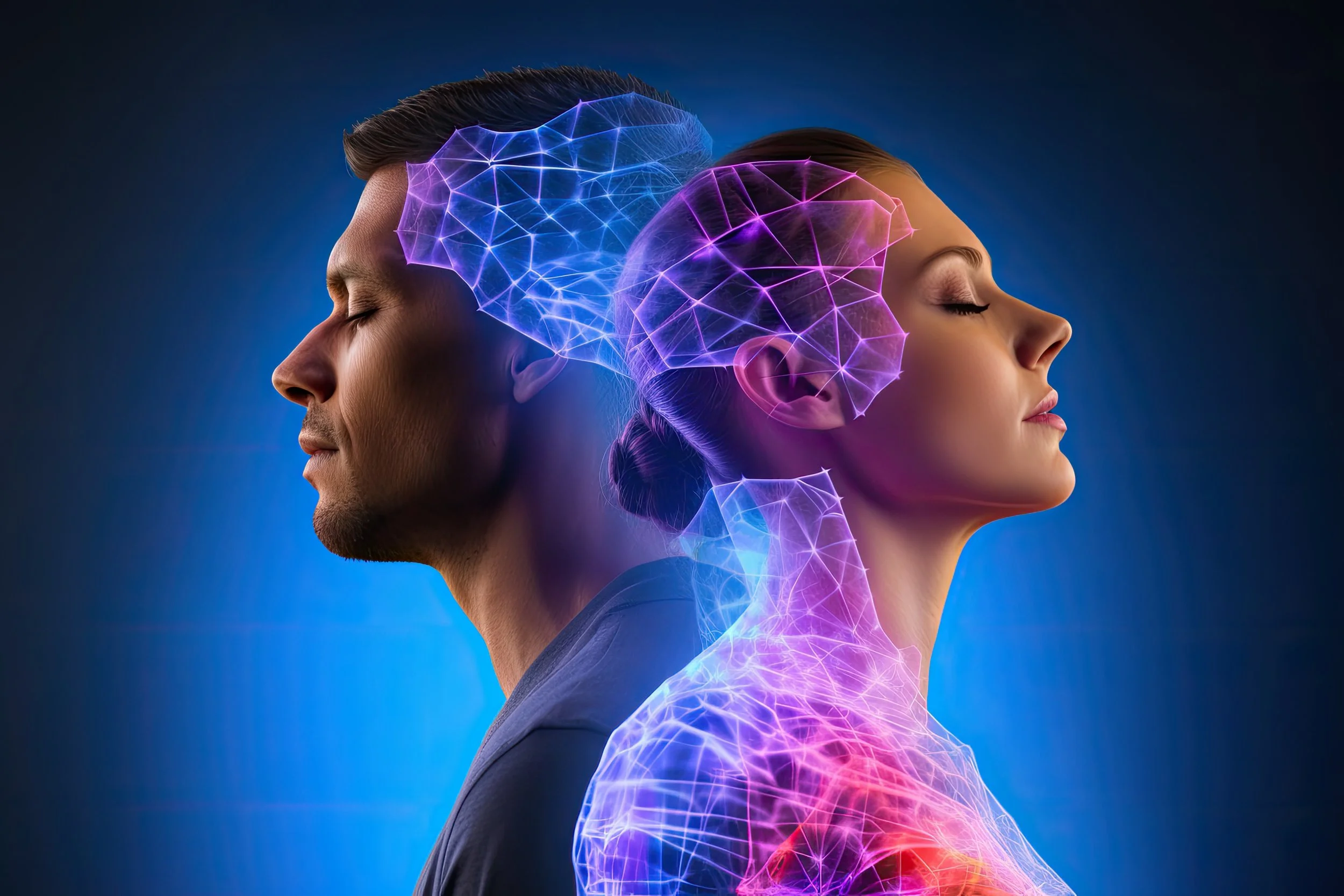The Science Behind Mindfulness and Relaxation
In recent years, the practice of mindfulness and relaxation has gained significant attention for its potential to improve mental and physical health. But what exactly is the science behind these practices, and how do they work to enhance our well-being?
Understanding Mindfulness
Mindfulness is the practice of paying attention to the present moment with an open and non-judgmental attitude. It involves focusing on sensations, thoughts, and feelings without getting caught up in them. This approach helps cultivate awareness and acceptance, allowing individuals to respond to their experiences more skillfully.
The Benefits of Mindfulness
Research has shown that mindfulness offers numerous benefits for both mental and physical health, including:
Reduced Stress: Mindfulness practices, such as meditation and deep breathing, have been proven to lower cortisol levels (the stress hormone) and reduce overall stress.
Improved Mental Health: Mindfulness has been linked to decreased symptoms of anxiety and depression, providing individuals with tools to manage their emotions more effectively.
Enhanced Focus and Productivity: Practicing mindfulness can improve cognitive function, including attention and memory, leading to increased productivity and performance.
Better Sleep: Mindfulness practices can help calm the mind and body, making it easier to fall asleep and stay asleep throughout the night.
Physical Health Benefits: Studies suggest that mindfulness can improve immune function, reduce blood pressure, and promote heart health.
Relaxation Techniques
Relaxation techniques, such as progressive muscle relaxation, guided imagery, and yoga, complement mindfulness practices by helping individuals achieve a state of calmness and ease. These techniques work by:
Reducing Muscle Tension: Progressive muscle relaxation involves tensing and releasing different muscle groups, helping to release tension and promote relaxation.
Calming the Nervous System: Techniques like deep breathing activate the parasympathetic nervous system, which helps to counteract the body's stress response.
Promoting Mental Clarity: Guided imagery and meditation encourage a state of calm and focus, allowing the mind to let go of worries and distractions.
Combining Mindfulness and Relaxation
Combining mindfulness and relaxation techniques can lead to a more holistic approach to well-being. For example, incorporating mindfulness meditation into your relaxation routine can enhance the calming effects and promote a deeper sense of peace.
Conclusion
The science behind mindfulness and relaxation demonstrates the profound impact these practices can have on our overall well-being. By integrating these techniques into your daily routine, you can experience the benefits of reduced stress, improved mental health, and enhanced physical health. Whether you're a beginner or experienced in these practices, there's always an opportunity to explore new ways to bring more mindfulness and relaxation into your life.
